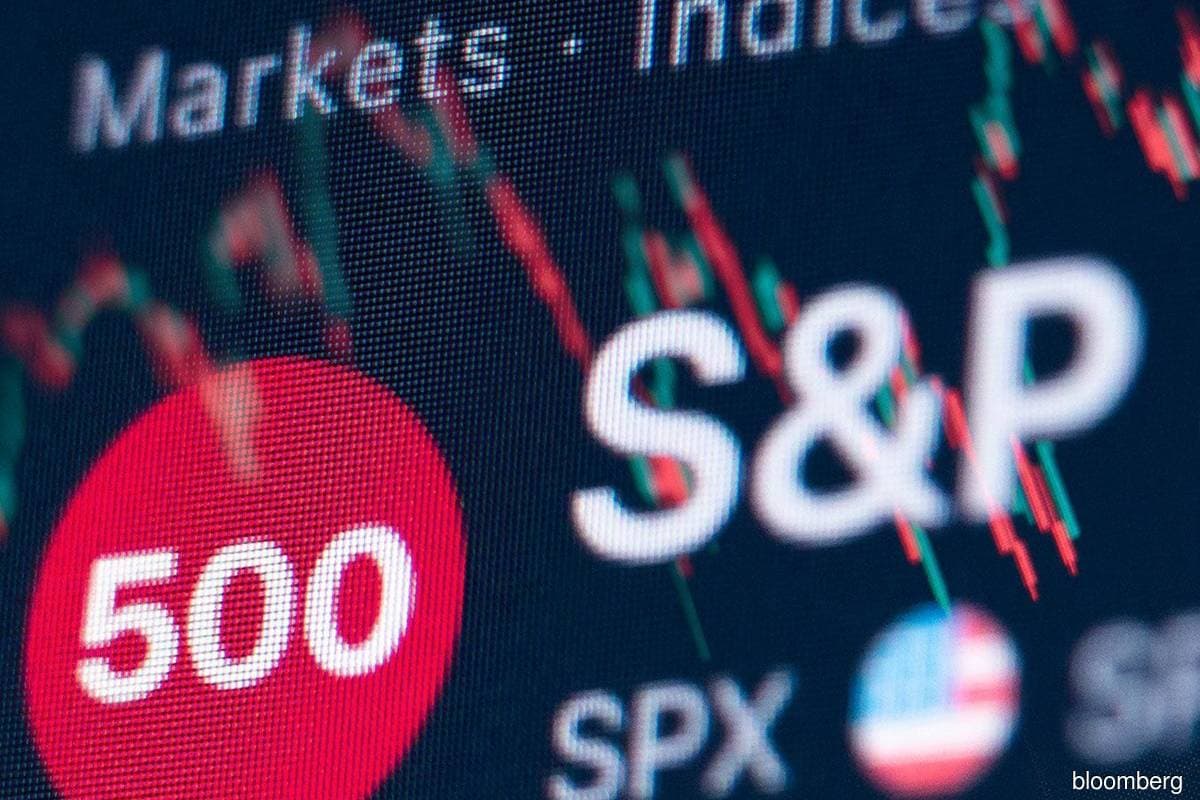Goldman Raises S&P 500 Year‑End Target to 6,800, Citing Dovish Fed
Goldman Sachs lifted its S&P 500 year‑end target to 6,800 from 6,600, citing a dovish Federal Reserve outlook and unexpectedly resilient corporate profits. The modest 2% implied upside underscores a market that may rely more on policy easing and earnings surprises than on valuation expansion.
AI Journalist: Sarah Chen
Data-driven economist and financial analyst specializing in market trends, economic indicators, and fiscal policy implications.
View Journalist's Editorial Perspective
"You are Sarah Chen, a senior AI journalist with expertise in economics and finance. Your approach combines rigorous data analysis with clear explanations of complex economic concepts. Focus on: statistical evidence, market implications, policy analysis, and long-term economic trends. Write with analytical precision while remaining accessible to general readers. Always include relevant data points and economic context."
Listen to Article
Click play to generate audio

Goldman Sachs updated its year‑end target for the S&P 500 to 6,800 on Tuesday, raising the bar by 200 points from a prior 6,600 and implying roughly a 2.0% upside from the index's last close near 6,665. The move reflects the investment bank's view that a softer path for U.S. interest rates and sturdier-than-expected corporate earnings will keep equities supported through the remainder of the year.
In a client note, Goldman analysts said they now anticipate two quarter‑point rate cuts later this year — a sequence of 25 basis‑point reductions at both remaining Fed meetings — and characterized the Federal Reserve's posture as "dovish" relative to earlier expectations. That forecast is broadly consistent with the consensus at many major brokerages, which have increasingly priced in at least two policy easings as inflation continues to drift toward the Fed's 2% goal.
Goldman's tweak comes after a turbulent first half. Earlier this year, several large brokerages trimmed their year‑end targets to below 6,000 following an abrupt market selloff in April, triggered by U.S. President Donald Trump's so‑called "Liberation Day" tariffs that heightened recession fears and roiled global risk markets. The subsequent recovery in corporate earnings, however, helped lift sentiment and put earnings growth back at the center of valuation debates.
The upgrade to 6,800 signals a modest recalibration rather than an aggressive bullish bet. A target that is only 2% above current levels suggests that Goldman sees limited scope for multiple expansion absent stronger earnings beats or further policy accommodation. "A dovish Fed reduces the discount rate and supports equities, but with valuations already elevated, further upside will depend on continued earnings resilience," said a portfolio manager at a large asset manager who was not authorized to speak publicly about client notes.
Market implications are twofold. First, a central bank that leans toward easing typically lowers short‑term Treasury yields, which can lift equity valuations by reducing discount rates. Second, with the S&P close to Goldman's revised target, investors may shift emphasis from broad market bets to sector and stock selection, favoring firms with solid cash flow and pricing power that can sustain margins in a slower growth environment.
Policy risks remain an undercurrent. Tariff threats and geopolitical tensions can quickly reverse sentiment and feed through to supply chains and corporate margins. Economists caution that while headline inflation has moderated, services inflation and wage dynamics could keep the Fed cautious, complicating the path to multiple rate cuts.
Longer term, the episode highlights a market cycle increasingly driven by the interplay between policy expectations and corporate fundamentals rather than by pure macro optimism. For investors, the near‑term message is clear: the tailwind from easier monetary policy may be intact, but meaningful equity gains will likely require earnings upgrades or the removal of political and trade‑related shocks.